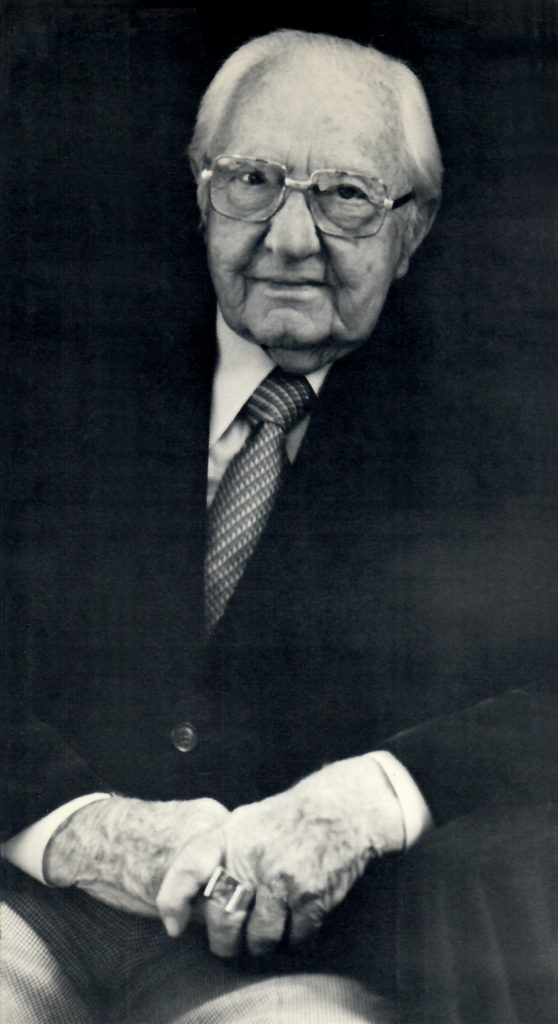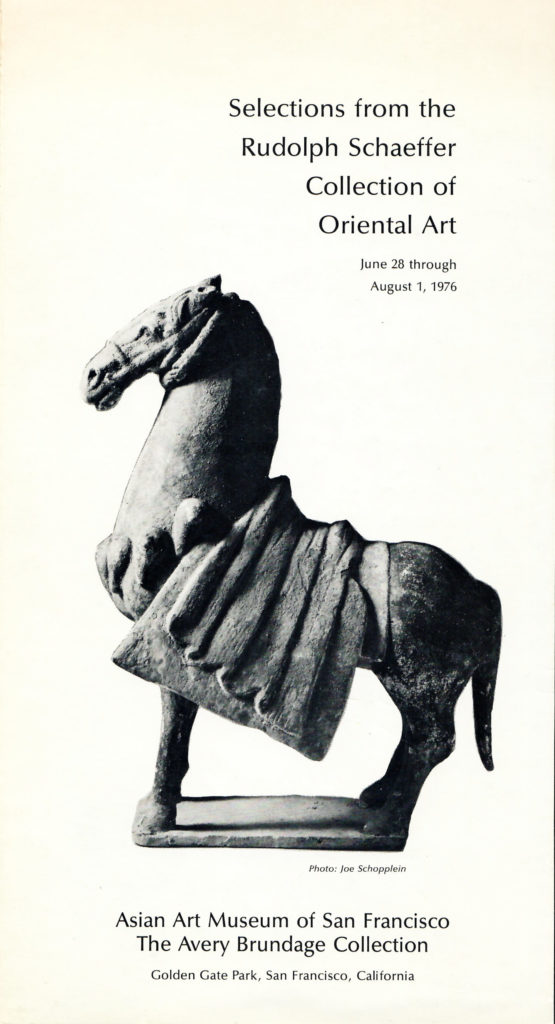Rudolph Schaeffer
Most of us strive to satisfy our acquisitive nature. For a hobby we collect all sorts of things--paintings, first editions, shells, guns and even buttons. As a teacher of visual art I have long felt a need to collect, not as a hobby but for visual aid in teaching my pupils to see, I constantly sought inspiring objects and with my great fascination for Chinese Art I found there a rich and abundant source. Full appreciation of beauty in Art comes from the ability to see and not from learning historical data. Some fortunately are born with this ability to see, others have to cultivate it. Looking is not seeing. Looking only involves the rational mind, seeing involves the heart as well. In our main San Francisco public library there is engraved on traver tine stone this splendid quote "Art is beauty passed through thought and fixed in Form. One can hardly improve on that. Though to bring it into context I might say passed through thought and heart. Intelligent aesthetic appreciation begins with visual awareness of Form-the awareness of color, texture, line and outline, following in their relationship to Form. In Chinese ceramics we find countless inspiring forms-finely pro portioned simple, subtle in outline, beautiful in color and added to these aesthetic qualities is an unparalleled excellence of craftsman ship. These are the first qualities of beauty that feed the seeing eye. The historical, the provenance, the extrinsic Values are of importance but secondary. In Chinese Art I often find expressed a certain contemplative quality of beauty which defies verbal expression. It is, I believe, a feeling en gendered by the awareness of beauty, Thus through the asthetic consciousness is the East brought doser to the heart of the West.



A man of many talents and interests, Rudolph Schaeffer has always shown a marked redilection for the arts of Asia, particularly those of the Far East: China, Korea, Japan and Southeast Asia. The collection he has put together over the years is a brilliant reflection of this predilec tion. It also illustrates the very personal taste of a great connoisseur.
As a charter member of the Society for Asian Art, he was instrumen tal in bringing the Avery Brundage collection to San Francisco and has kept very close ties with the Asian Art Museum since its foundation. He currently serves on our Acquisitions, Loans and Exhibitions Committee where his experience is regarded by everyone as a major asset.
This exhibition of a selection of Rudolph's collection does not only mark the 90th birthday of a dear friend and colleague. It also celebrates the teacher of so many generations of young people whose eyes and sensibilities he has opened and attuned to the subtleties of the most refined civilizations this earth has ever known. For this alone we owe Rudolph an immense debt of gratitude and are happy to have this oc casion to thank him in our modest way



